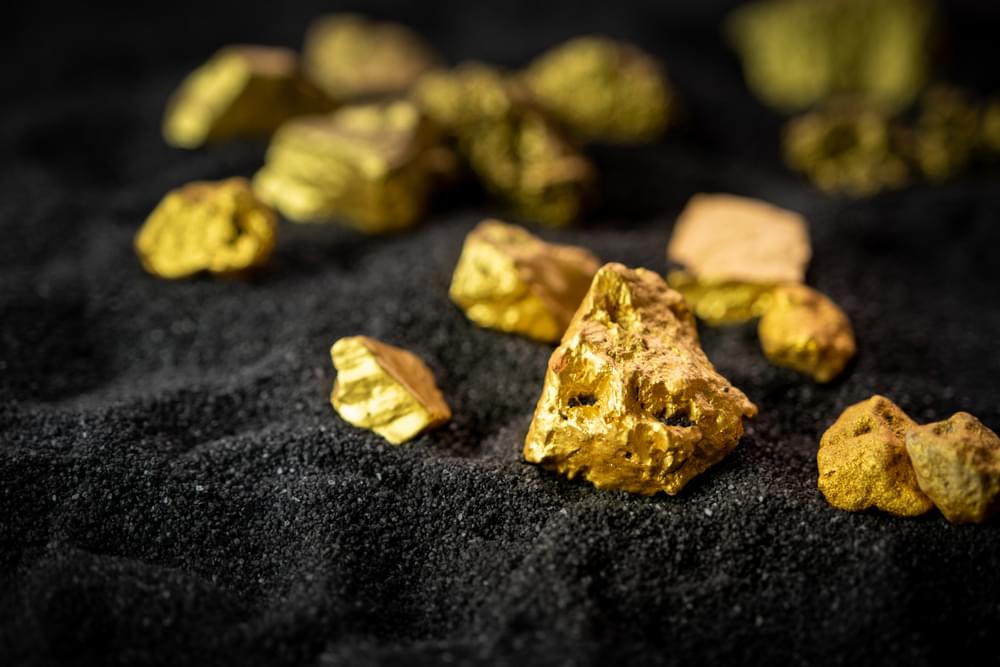-
Gary Huang
- 9:55 pm
- August 1, 2023
Extracting Gold Using Activated Carbon: Principles, Processes, and Environmental Considerations
Gold extraction using activated carbon is a pivotal process in the mining industry, where Huatan, a prominent Chinese manufacturing enterprise specializing in coconut shell activated carbon and activated carbon filter production, plays a vital role. In this comprehensive blog, we will delve deeper into the principles and processes behind extracting gold using activated carbon. Additionally, we will explore the environmental implications of this method, underscoring the importance of sustainable practices in the mining sector.

Principles of Gold Extraction
1. Cyanidation Process
The cyanidation process involves the treatment of gold-containing ores with sodium cyanide (NaCN). During this process, gold reacts with cyanide ions in the presence of oxygen to form soluble gold cyanide complexes, primarily Au(CN)2-. The dissolution rate of gold depends on the pH of the solution, with an optimal pH of around 10.3. Only after cyanidation can gold be efficiently adsorbed by activated carbon.
2. Selective Adsorption
Activated carbon possesses a unique property of selective adsorption, where it can preferentially adsorb gold and other precious metals from the cyanide solution. The vast internal surface area and the presence of micropores in activated carbon facilitate the binding of gold cyanide complexes onto its surface. This selectivity allows for efficient gold recovery from the cyanide solution.

Processes of Gold Extraction Using Activated Carbon
`1. Heap Leaching Method
Heap leaching is a widely used technique for low-grade gold ores. In this method, the crushed ore is stacked in a heap on an impermeable pad and treated with a sodium cyanide solution that percolates through the ore. The cyanide solution dissolves the gold and forms a pregnant leach solution (PLS) containing gold cyanide complexes. The PLS is collected and then passed through a series of activated carbon-filled columns. The activated carbon adsorbs the gold cyanide complexes from the solution, leaving behind a barren solution, which is recycled back to the heap for further leaching. The loaded carbon is then sent to a gold recovery plant for desorption and gold extraction.
2. Carbon-in-Pulp (CIP) Method
The CIP method involves the simultaneous leaching and adsorption of gold in an agitated tank system. In this process, the crushed ore is mixed with water to form a slurry, and a cyanide solution is added to create gold cyanide complexes. The slurry is then agitated in a series of tanks with activated carbon. As the slurry flows through these tanks, the activated carbon adsorbs the gold cyanide complexes from the solution. After the leaching process, the loaded carbon is transferred to an elution plant, where the gold is desorbed from the carbon using a hot cyanide and caustic soda solution. The gold-bearing solution obtained from desorption is then processed to recover the gold.
Environmental Considerations
1. Cyanide Management
While cyanide is an efficient reagent for gold dissolution, it poses significant environmental risks if not managed properly. To ensure the safe and responsible use of cyanide, mining companies must adopt stringent practices for its transportation, storage, and handling. Furthermore, the industry has been working to develop alternative lixiviants and processes that minimize cyanide usage and its impact on the environment.
2. Activated Carbon Regeneration
As activated carbon is reused multiple times for gold adsorption and desorption, its activity gradually decreases. To maintain its efficiency, the activated carbon needs periodic regeneration. Regeneration involves thermal treatment to remove the adsorbed gold and other impurities, restoring the carbon’s activity for subsequent use.
Gold extraction using activated carbon is a critical process in the mining industry, allowing for efficient recovery of precious metals from ores. Huatan, with its expertise in coconut shell activated carbon and activated carbon filter production, contributes significantly to this process. By understanding the principles and processes behind gold extraction, and embracing environmentally sustainable practices, the mining sector can continue to harness the benefits of activated carbon while minimizing its ecological footprint.
Popular Posts
- Carbon Block Water Filter vs. Reverse Osmosis: Ultimate Guide to Choosing the Right Water Filtration
- Best 10 Local Water Filter Makers in China You Should Know
- Huatan Filtration Shines at 2024 Guangdong Water Exhibition with Innovative Carbon Block Tech
- Step-by-Step Guide to Importing Activated Carbon Filters from China
- Exploring the Science Behind Activated Carbon Filter Technology
- The Ultimate Guide to High Quality Activated Carbon Water Filters
- The Benefits of Using Coconut-Based Carbon Cartridges
- HUATAN Filtration: Showcasing Top-notch Water Filtration Products at Aquatech China 2023
- The Most Common Uses for Carbon Cartridges in Manufacturing
- The Science Behind Carbon Cartridges: How Do They Work?
Get in Touch With Huatan
Take your business to the next level with HUATAN, a trusted manufacturer of carbon block water filter cartridges in China. We’re here to help you succeed and provide the support you need.
Contact Now